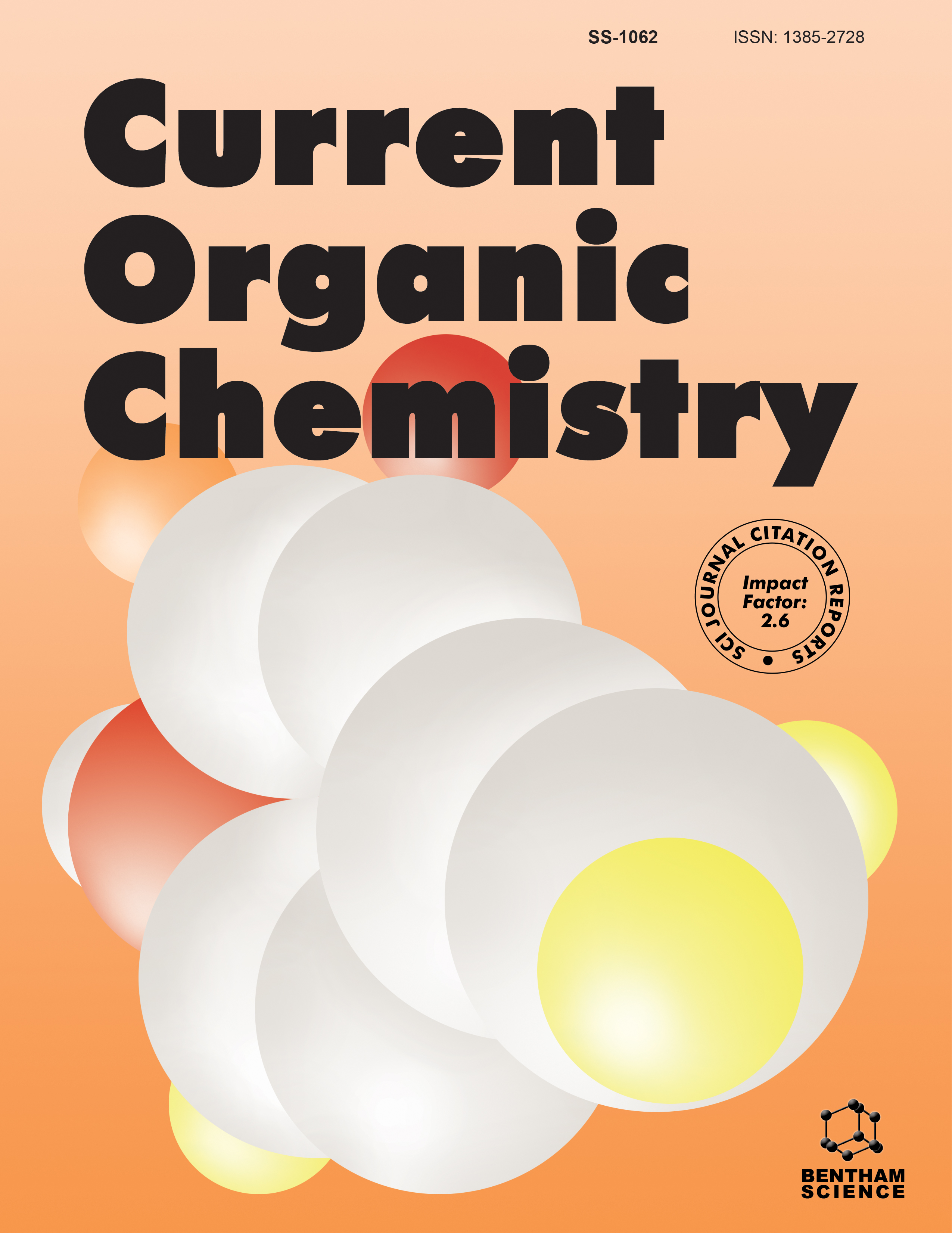-
oa Editorial [Hot Topic: Useful Aminating Agents (Guest Editor: Lucio Pellacani)]
- Source: Current Organic Chemistry, Volume 15, Issue 10, May 2011, p. 1464 - 1464
-
- 01 May 2011
Abstract
In modern organic chemistry, nitrogen-containing molecules represent certainly a very important target. Organic nitrogen compounds can possess a variety of interesting properties and are widely used as synthetic intermediates, drugs, additives, crop protection products, advanced materials. Many methods have since long been exploited to create new C-N bonds and a number of useful aminating agents have been proposed and are now available. The focus of this special issue is on the recent development for the use of aminating agents and their application in organic synthesis, as well as for obtaining amino derivatives. The first review provided by us (Lucio Pellacani, Stefania Fioravanti, and Paolo A. Tardella, Dipartimento di Chimica, Universita degli Studi “La Sapienza”, Roma, Italy), comprises 126 references and highlights the variable behavior of ethyl nosyloxycarbamate with different substrates under a great deal of experimental conditions. In an umpolung-process this versatile reagent is able to furnish either a nucleophile or an electrophile according to the nature of the carbon to be attacked. Generally electrophilic amination takes place with nucleophilic substrates, while strongly electrophilic alkenes (good Michael acceptors) afford mainly aziridines, containing a cornucopia of various functions, that can be considered precursors of a number of multifunctionalized heterocylic systems. The second review, contributed by Roberto Ballini, Serena Gabrielli, Alessandro Palmieri, and Marino Petrini, SARRF Scienze e Tecnologie, Universita degli Studi di Camerino, Italy includes 92 references and focuses on the utilization of nitro alkanes as effective substrates for the preparation of important target compounds featured by the amino group. These will include simple primary amines, diamines, amino acids, piperidines, pyrrolidines and heteroaromatic derivatives. Delphine Karila and Robert H. Dodd, Institut de Chimie des Substances Naturelles, CNRS, Gif-sur-Yvette, France wrote the third review. They presented an overview on the recent developments made in the area of metal-catalyzed iminoiodane-mediated aziridination of olefins, including 98 references, over the last seven years with regard to the various iminoiodanes which have been used, their in situ generation, the different metals which can be employed to catalyze the reaction, the new ligands, both chiral and non-chiral, which have been designed, the application of this reaction to total synthesis and to the preparation of pharmacologically active compounds. The fourth review came from Adelina Vallribera, Rosa María Sebastian, and Alexandr Shafir, Departament de Quimica, Universitat Autonoma de Barcelona, Cerdanyola del Valles, Barcelona, Spain. This manuscript with 101 references aimed to point out the usefulness of dialkyl azodicarboxylates in carbon-nitrogen bond formation by electrophilic reactions. Both metal catalyzed and organocatalyzed approaches are covered describing contributions in this area over the period 2005-2009. Sergio Cenini, Fabio Ragaini, Emma Gallo, and Alessandro Caselli, Dipartimento di Chimica Inorganica, Metallorganica e Analitica “Lamberto Malatesta”, Universita degli Studi di Milano, Italy contribute to the fifth review, including 99 references, which deals with synthetic methodologies reported in the last five years for the construction of N-heterocyclic products by intramolecular cyclization of organic azides. Particular emphasis is given on those transformations catalyzed by metal complexes. In the last review Devdutt Chaturvedi, Natural Products Chemistry Division, North-East Institute of Science and Technology (CSIR), Jorhat, Assam, India presented the recent developments in the synthesis of organic carbamates using a variety of reagents, including 220 references. Organic carbamates find a wide utility in various areas such as pharmaceuticals, agrochemicals, intermediates in organic synthesis, protection of amino group, and linker in combinatorial chemistry. It has been a great pleasure to be invited to act as Guest Editor of this Special Issue of Current Organic Chemistry. I wish to thank the Editor-in-Chief for the kind invitation and his office for the continuing support as well as all of the authors who contributed for their valuable work and am sure that the overall effort will be beneficial for many organic chemists and can provide inspiration to face new interesting challenges in the development of the chemical science. I also sincerely thank all the referees for their help and valuable comments. Finally I am particularly delighted to dedicate this issue to Professor Paolo Antonio Tardella on the occasion of his 75th birthday.


